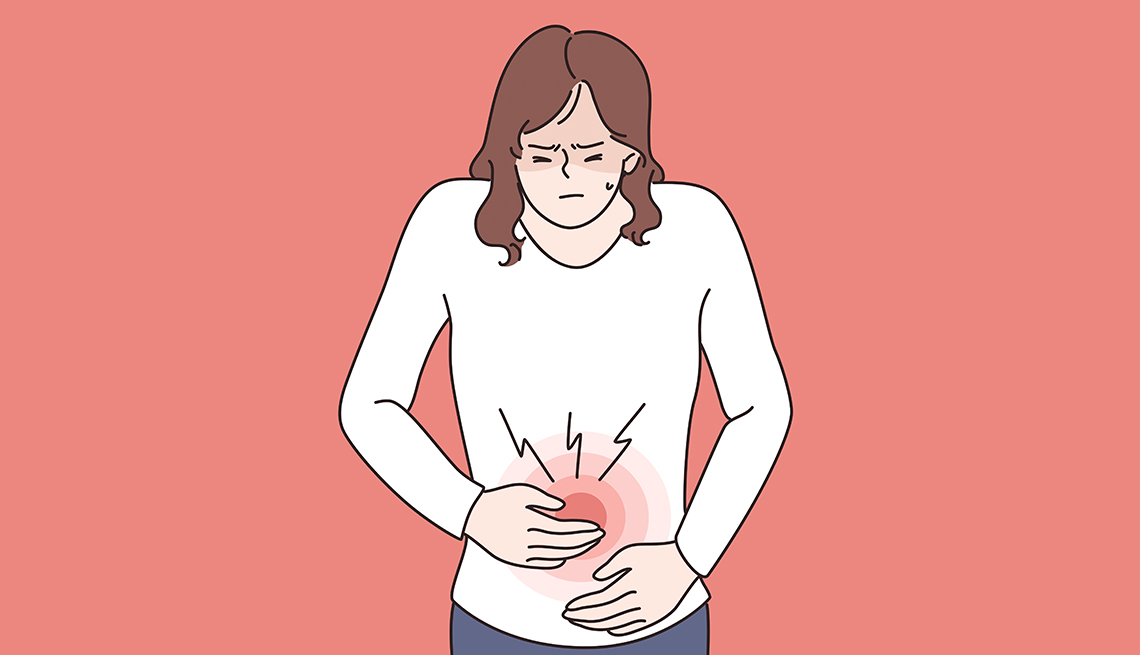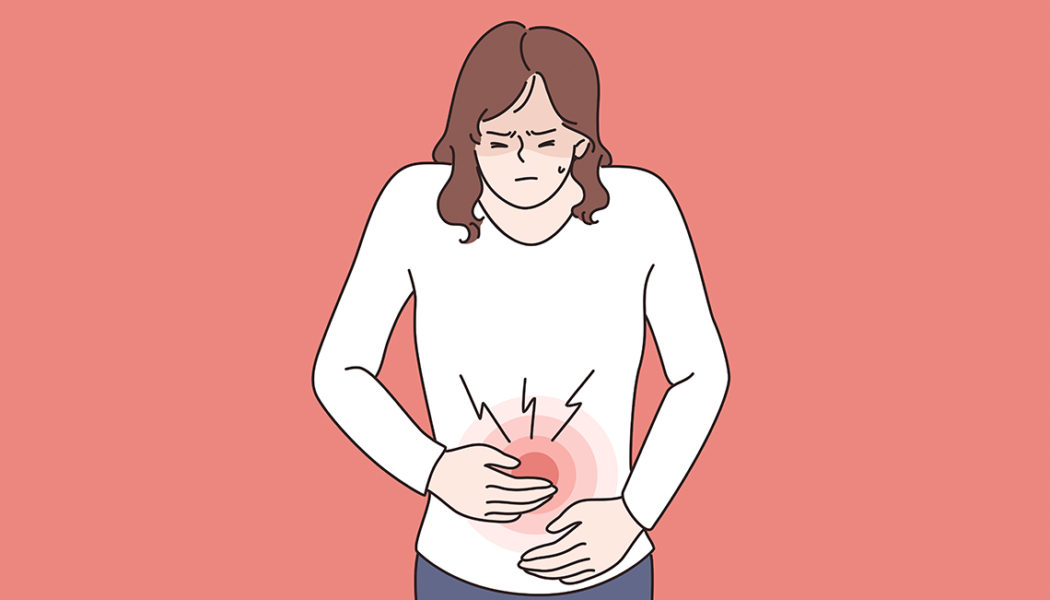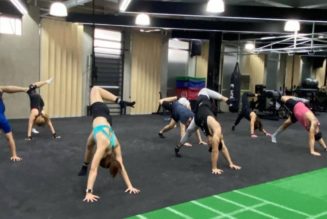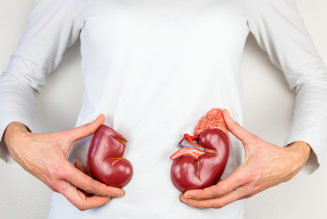
2. Try diaphragmatic breathing
Smith explains that this time-tested self-help tool is her go-to for relief of patients’ bloating-related tension. When people feel bloated, she says, there’s a fullness in the abdominal area that might cause them to breathe shallowly, and not breathe from the diaphragm. To facilitate diaphragmatic breathing, it’s helpful to slow down your breathing. You can place a hand over your middle to feel the abdomen move up and down, which means you are breathing from the diaphragm, she says. Smith’s popular (free) video demonstration of deep breathing is available on YouTube.
Diaphragmatic breathing slows the heart rate, increasing parasympathetic activity and activating the “rest and digest” nervous system. This increases involuntary contraction and relaxation of the muscles of the intestine (peristalsis), relaxes the body and helps damp down the perception of signals from the gut, she says.
3. Strike a pose
The position of your midsection can help or hinder peristalsis. For relief, try the yoga pose called Child’s Pose. Begin by kneeling on the floor, Next, lean forward, keeping your butt on your heels, and rest your forehead on the floor, with your arms by your sides on the floor, palms facing the ceiling. Hold the pose for 8-10 deep breaths. “By putting your torso forward, and relaxing, you can help move things along,” Smith says. Here is an AARP video demonstration of how to do Child’s Pose.
Happy Baby pose is another option: Lie on your back and bend your knees to your chest, with the bottoms of your feet facing the ceiling. Grab the bottom of your left foot, or left ankle, with your left hand, and hold your right foot or ankle with the other. Hold position for 6-8 deep breaths.
4. Seek warmth
Try placing a hot-water bottle or compress on your belly as you lie on your back. Alternatively, take a warm bath. Relaxation can lead to relief, according to Smith.
5. Massage your middle
Lying on your back, give yourself a gentle abdominal massage to help increase peristalsis, suggests Smith. Trace your colon with your hands. Starting on the right side, massage across, under the ribs, and then down the left side, and over the middle. Slow breathing may enhance the exercise.
For visual inspiration, check out physical therapist Laura Baker’s abdominal massage video.
6. Drink hot chamomile or ginger tea
Certain herbs deliver carminative (gas-relieving) properties that can help expel gas. Chamomile is medicinal herb and antioxidant that has long been considered a nerve-calmer as well as a digestive relaxant.
Ginger can be beneficial as well, according to the experts at Johns Hopkins Medicine, who say that eating it can help cut down on many causes of gas and bloating.









